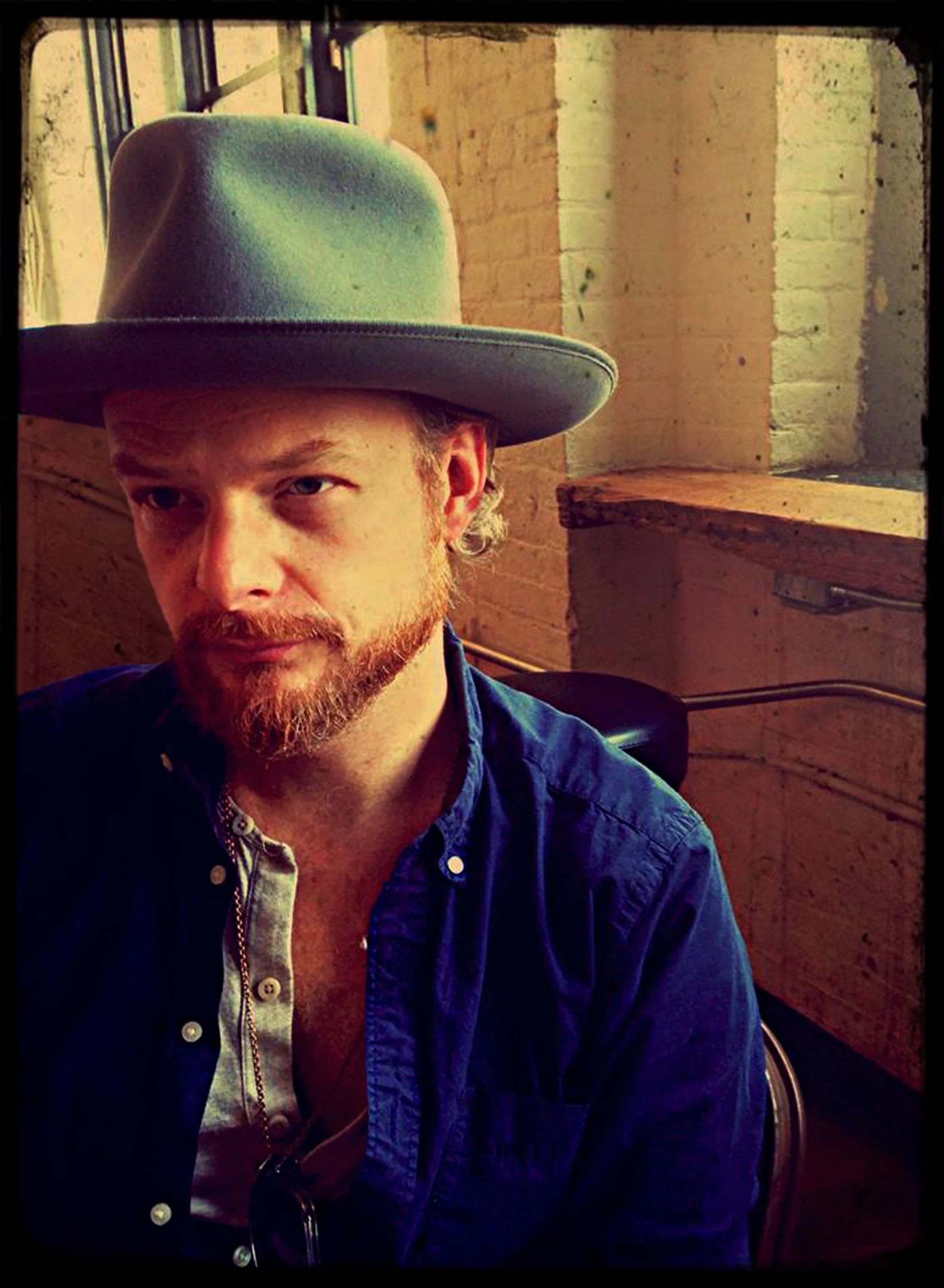
about
Philip (he/him/his) began his design career studying Theatre Crafts at The Northern School of Art in the North East of England. At the age of 18 he then went on to study Theatre Design at Central Saint Martins College of Art and Design in London. After graduating from his Degree in 1996 he was invited by the eminent director and designer Philip Prowse to work at The Citizens Theatre in Glasgow. At the time 'The Citz' ran an annual placement for one selected graduate to join the design team. The experience of working in this incredibly dynamic building, surrounded by extraordinary actors, directors and designers was the single most significant and defining moment in Philip's career - as the legacy of the Citizens, its bleeding edge design aesthetic and the work created by Giles Havergal, Philip Prowse and Robert David Macdonald has had a profound impact on Philip's subsequent development as a designer.
In studying Theatre Design at degree level, Philip found that, although he was very aware of the necessity to develop the practical skills needed to become a rounded designer in an increasingly technical medium, he was inevitably frustrated designing scale models for productions that would simply never exist. It wasn't until this experience in Glasgow, surrounded by such talented visual artists crafting intelligent and beautifully executed designs that skillfully communicated stories with effortless style and all on such small budgets that Philip understood just how thrilling this medium could be.
After a year in Glasgow, and with his first professional design job under his belt (Widower's Houses directed by Giles Havergal) Philip returned refocused to London to study under Philip Prowse on the Theatre Design M.A at The Slade School of Fine Art. This was an opportunity to harness the invaluable experience of being part of a working theatre, together with a new found freedom to be able to respond to dramatic texts without the previous restrictions of creating scale models of 'fantasy' productions.
At The Slade School, students were encouraged to respond to the source material in any medium they chose and Philip's centrepiece for his final exhibition drew influence from the pioneering Beat Generation artist Edward Kienholtz, producing a large sculptural altar piece based on Friedrich Durrenmatt's dark morality play ‘The Visit’. Philip graduated from The Slade School of Fine Art with a 1st (distinction) and later privately exhibited and sold much of his final show at The London Contemporary Art Fair. On the basis of Philip's work at The Slade he was then selected to compete for the prestigious Linbury Prize for Stage Design culminating in an exhibition of his designs at The Royal National Theatre in London.
Since the formative years at The Citizens Theatre, Philip has brought a design aesthetic that fluidly reinvents itself from project to project to a diverse array of companies in both the United Kingdom and the United States. His work does however possess a unique fingerprint, one that illuminates and communicates through its visual story-telling. In crafting a poetry of architecture, spaces and objects, Philip’s designs strip back all that is visually unnecessary, creating landscapes that can transform and dissolve with ease - for stories to be told within, events to happen upon and for actors to inhabit. The work is not bound by a strict code of naturalism, but a design aesthetic that seeks to be released, to express and reveal layers of a story to an audience through broader and more poetic brush strokes.
An integral part of Philip's working practice is the value and importance he places on his collaborations with other creatives. In understanding the impact that a clear holistic vision and strong cross departmental involvement can bring to a project and a building, Philip is committed to consistently engage and inspire the teams he works with and values the fundamental relationships that are essential to the integrity of the design vision and the success of a production.